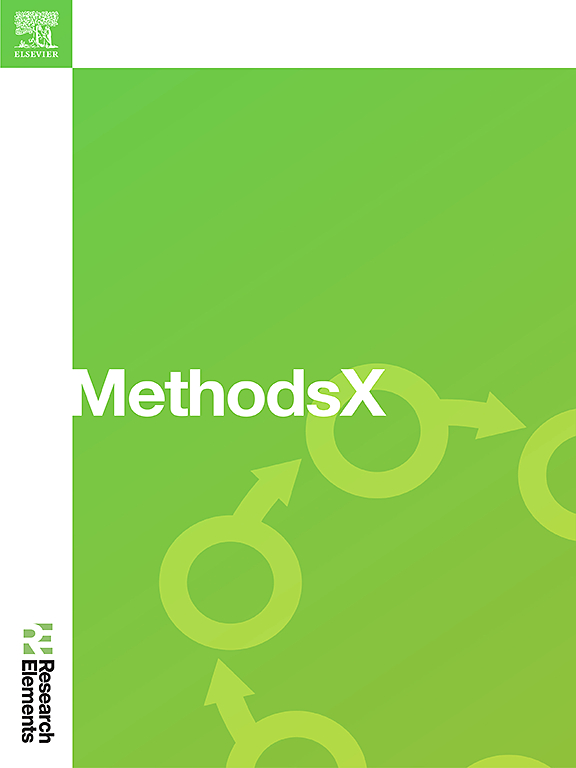Quantification of 3‑chloro-7‑hydroxy-4-methylcoumarin (CHMC) in urine as a biomarker of coumaphos exposure by high-performance liquid chromatography-fluorescence detection (HPLC-FLD)
IF 1.6
Q2 MULTIDISCIPLINARY SCIENCES
引用次数: 0
Abstract
The organophosphate pesticide coumaphos is used to control Cattle Tick Fever carried by multiple species of ticks and is a known hazard for workers treating livestock. The USDA Cattle Fever Tick Eradication Program requires regular blood draws to measure depressed cholinesterase levels as biomarkers of effect of long-term coumaphos exposure, however, the gap between blood draws may miss intermittent high exposures. Urine biomonitoring can supplement blood draws, offering personnel a sensitive and cost-effective method to monitor short-term exposures. Our objective was to improve and validate a previously published method to analyze the coumaphos metabolite 3‑chloro-7‑hydroxy-4-methylcoumarin (CHMC). Urine samples were hydrolyzed with glucuronidase and then extracted prior to analysis with high-performance liquid chromatography-fluorescence detection. Calibration curves were linear over a wide CHMC range (0.49 – 250.07 ng/mL) with a method detection limit of 0.06 ng/mL. This research will help establish an accessible urine biomonitoring method for assessing coumaphos exposures.
- •The modified bioanalytical method maintained high sensitivity and specificity while reducing duration of the sample treatment steps and the chromatographic program.
- •Method validation tests followed the acceptance criteria guidelines in the NIOSH Manual of Analytical Methods.
- •CHMC levels were measured in workers exposed to coumaphos during livestock treatment.

求助全文
约1分钟内获得全文
求助全文
来源期刊

MethodsX
Health Professions-Medical Laboratory Technology
CiteScore
3.60
自引率
5.30%
发文量
314
审稿时长
7 weeks
期刊介绍:
 求助内容:
求助内容: 应助结果提醒方式:
应助结果提醒方式:


